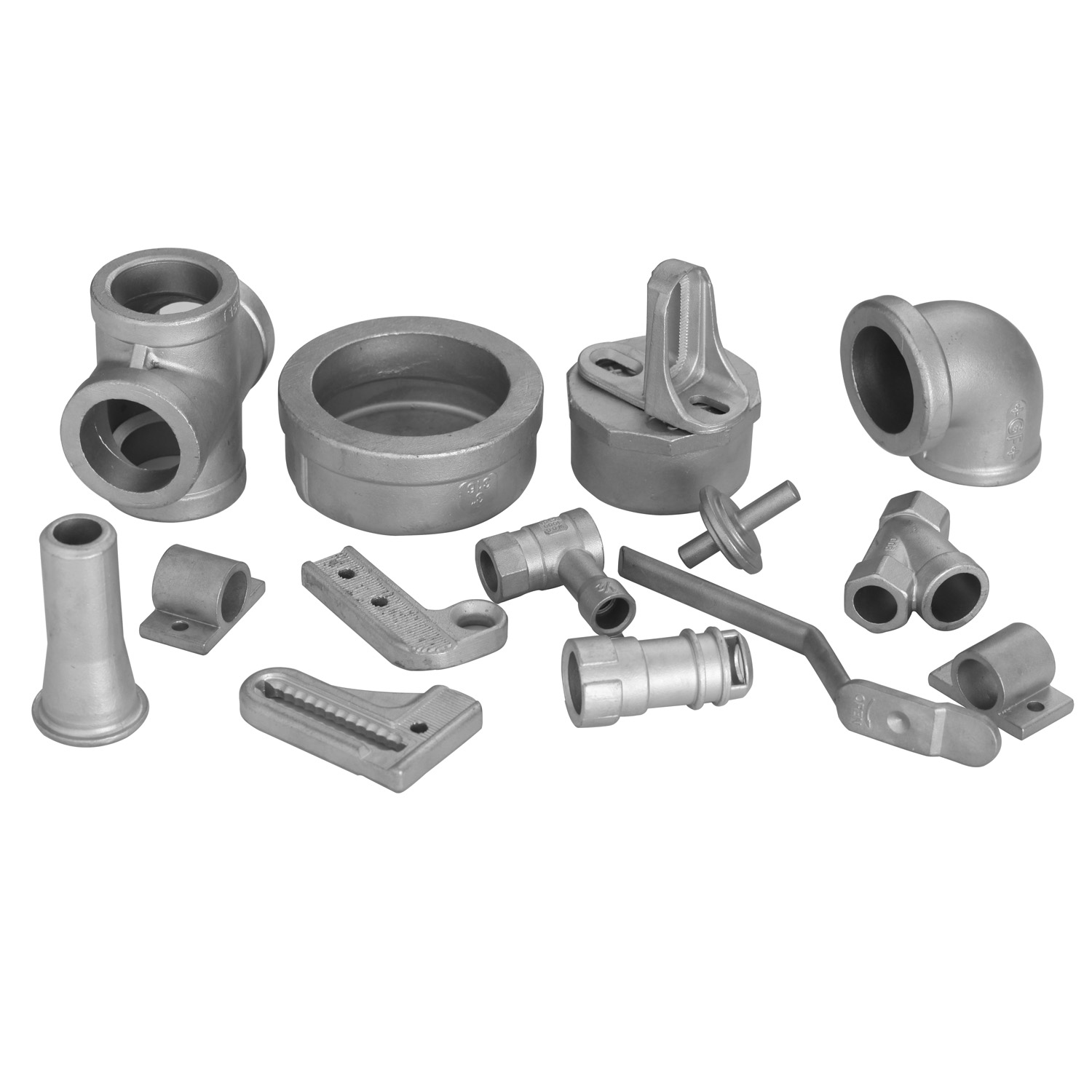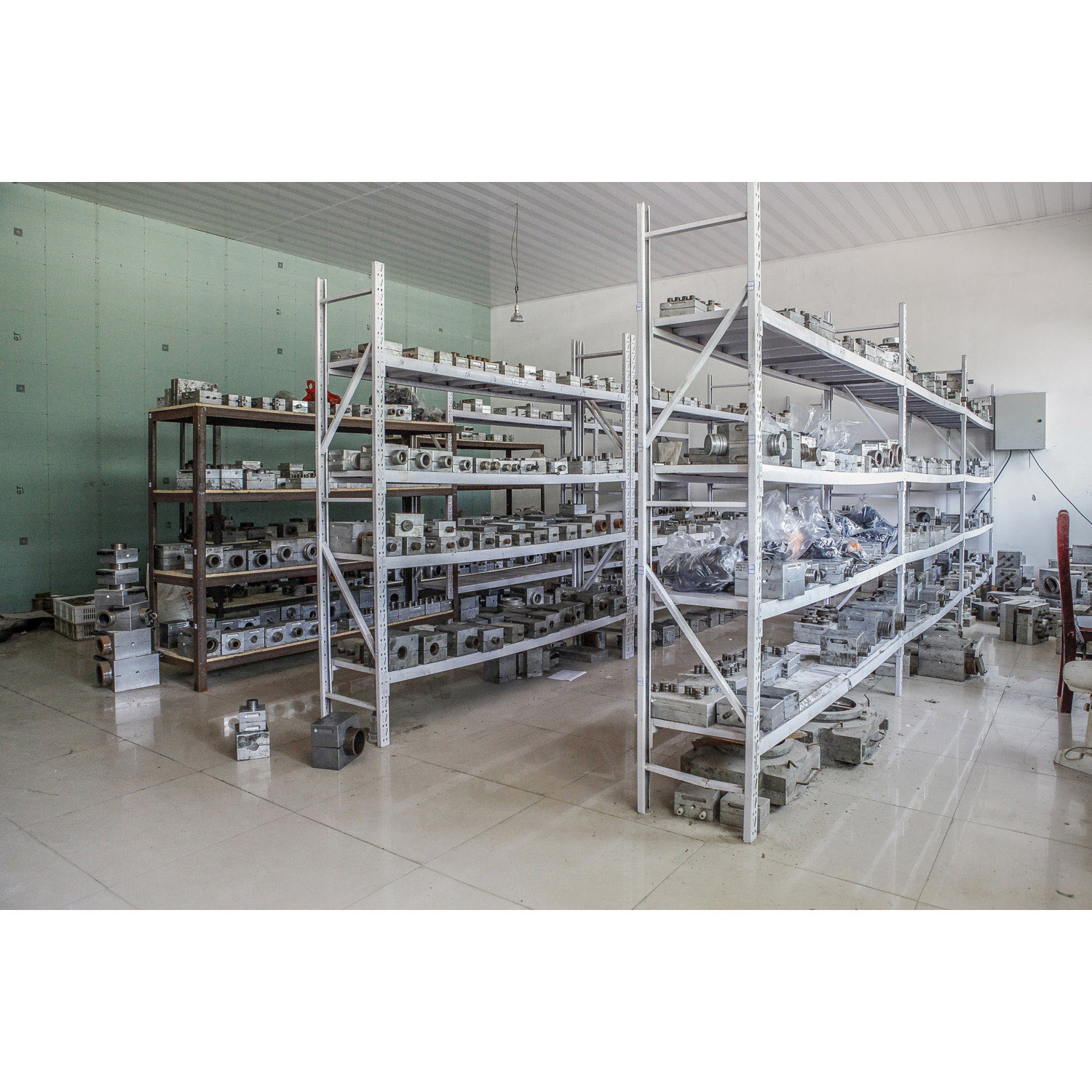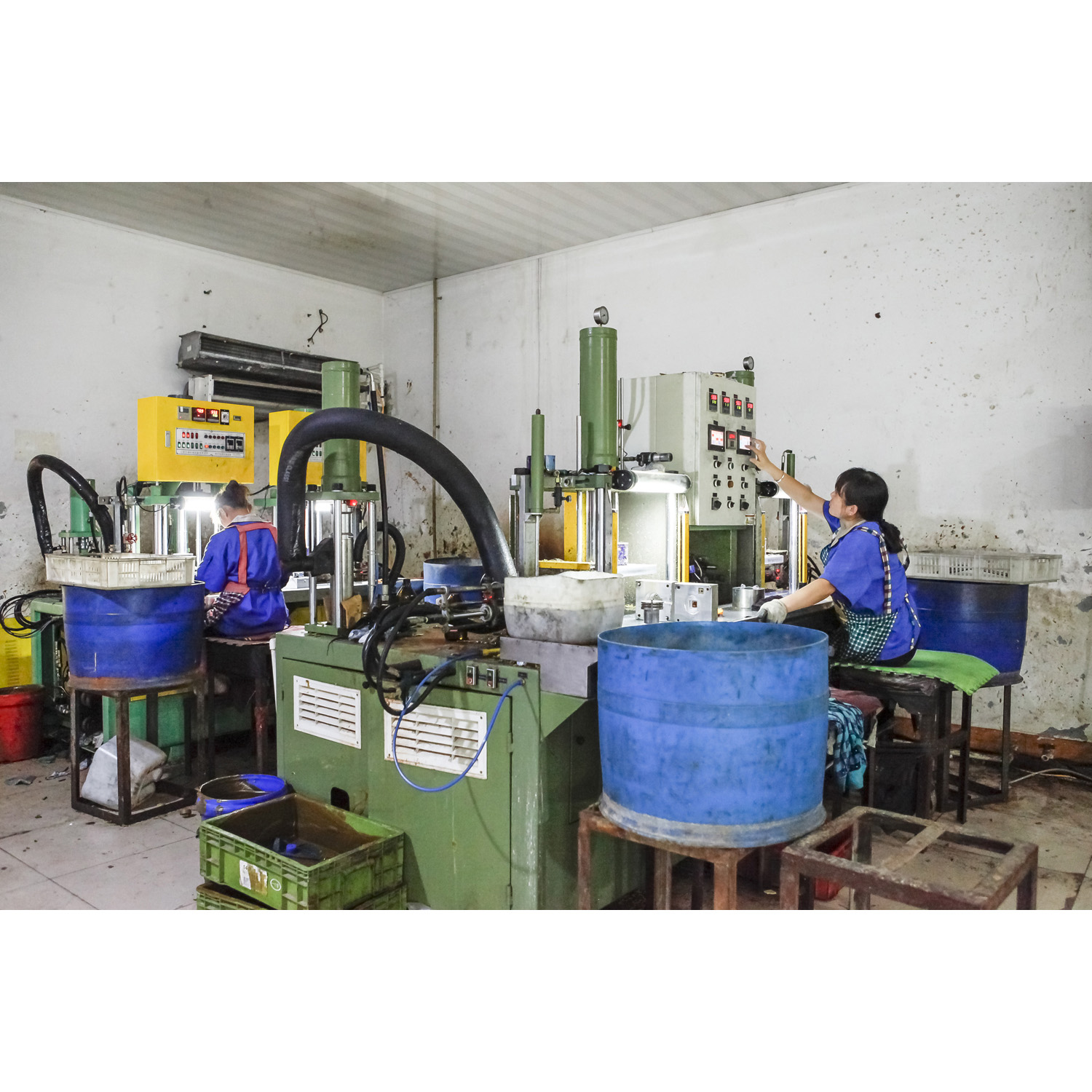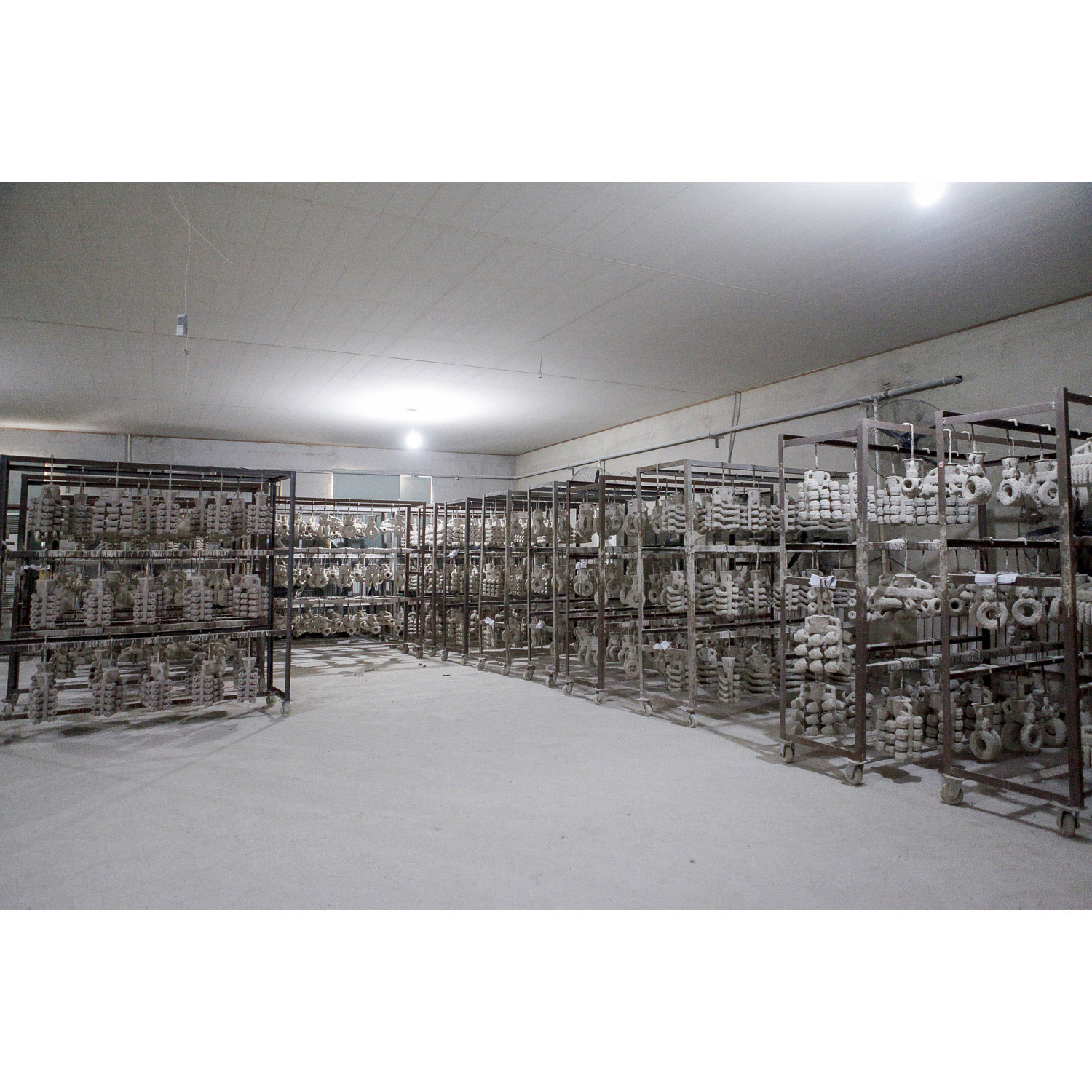The technique of investment casting is both one of the oldest and most advanced of the metallurgical arts. It is also known as lost wax casting,
is a precision casting process used to create metal parts from almost any alloys, and is typically used to create complex, thin wall castings.
As old as about 5000 years ago, in the time of the Pharaohs, it was used by the Egyptians to make gold jewellery. About 100 years ago, the use of
Lost wax process was applied for dental inlays and later also for Surgical Implants.
Nearly 200 alloys are available with investment casting. These metals range from ferrous- Stainless steel, tool steel, carbon steel and ductile iron to non-ferrous
– aluminium, copper and brass.
Process Overview
The investment casting process begins with a pattern. Traditionally, the pattern was injection mould in foundry wax. Gates and vents are attached to the pattern, which is then attached to the pure. After all patterns are mounted to the sprue producing what is called casting tree. At these points casting is ready for shelling. The casting tree is repeatedly dipped in ceramic slurry to create a hard shell that is called investment. The patterns are then melted out (also called burnout) of the investment, leaving a cavity in the shape of the part to be cast.
A metal alloy is melted, often in induction furnace, and poured into the preheated investment. After cooling, the shell is broken away, the metal parts are cut from the tree and gates and vents are ground off.
Our factory



